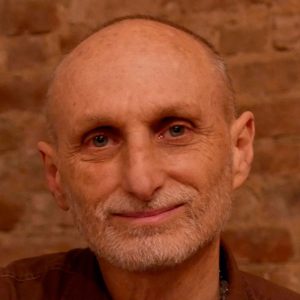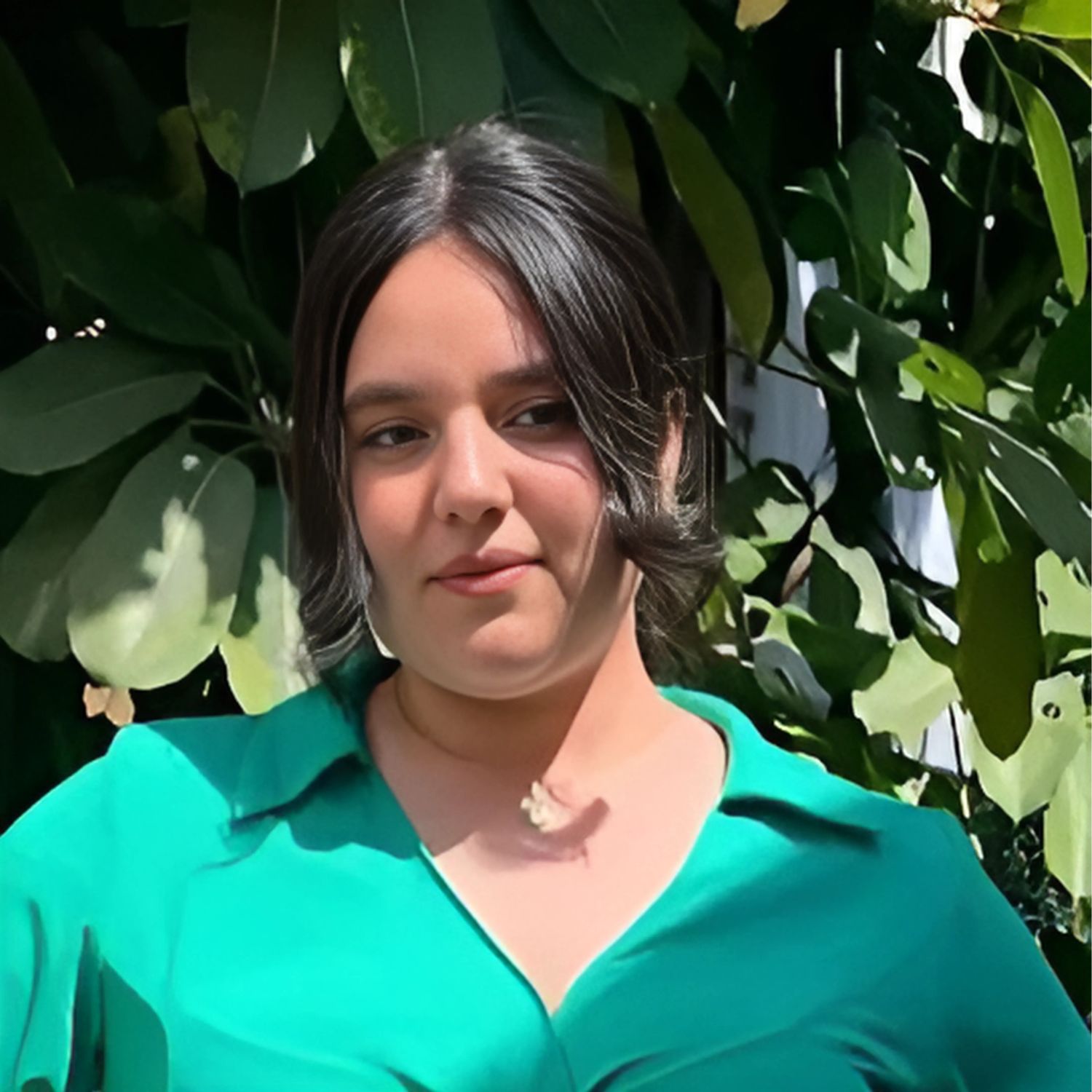
 Kittisaro was a monk under Ajahn Chah for 15 years in the Thai Forest Tradition. At age 70, he is grateful to immerse himself in the study of Buddhism at a place that continues to manifest what Master Hsuan Hua had envisioned decades back! The talk below was given at Kalyāṇa Tea, a weekly event held at DRBU Sudhana Center in September, 2022.
Kittisaro was a monk under Ajahn Chah for 15 years in the Thai Forest Tradition. At age 70, he is grateful to immerse himself in the study of Buddhism at a place that continues to manifest what Master Hsuan Hua had envisioned decades back! The talk below was given at Kalyāṇa Tea, a weekly event held at DRBU Sudhana Center in September, 2022.
For decades, I’ve been guided and inspired by Master Hsuan Hua, who founded this wonderful monastery, the City of Ten Thousand Buddhas, and the Dharma Realm Buddhist University that I’m honored to be a part of. I first heard about the Master around 1980, when I was a Theravada monk in the Thai Forest Tradition under Ajahn Chah.
It is really wonderful, all these years later, to have the chance, at 70 years old, to be in a place guided and inspired by the noble principles that the Master lived by and brought forth from so many people around him. As I was getting older, I thought, “Hey, I don’t want to just get old, I want to keep learning.” So to have the opportunity to begin again as a student, here in a place and curriculum that is deeply rooted in the Dharma, rooted in ethical living, the cultivation of composed presence of mind and the bringing forth of liberating insight to transform our lives and the lives of those around us — that is something exciting for me!
It might be useful to mention how I first heard of the Master. I was ordained as a Buddhist monk in 1976. Before that I had attended universities at Princeton and Oxford, on a trajectory towards a success that hovered elusively off in the future. I worked really hard, and don’t regret working hard. But by the time I was at Oxford, I was really weary. On paper, I should have been happy and fulfilled. My mom had the pictures in the scrapbook, you know: Oxford Rhodes Scholar, wrestling champion, Phi Beta Kappa from Princeton. It should have been happy sailing, but that wasn’t what it was like on the inside. Inside I was distressed. Inside I didn’t feel smart. Inside I felt like a failure. Nothing was ever enough. I certainly wasn’t happy and at ease. And I was exhausted; I was 24, yet I felt 104. So just hearing that there was an enlightened Buddhist monk living in a forest in northeast Thailand, who had a few Western disciples around him, I’m gone! Within a few weeks, I got a leave of absence from Oxford University to travel out to the forests of northeast Thailand — much to my parents’ horror. Remember, this is 1976. Had I joined a cult? And if you look on the map, Thailand is as far from Chattanooga, Tennessee, as you can get on the globe. My parents were distressed. “What did we do wrong?” And back then, our monastery was right near the Laotian and Cambodian borders. There was the recent devastating bombing of Laos, the catastrophic war in Vietnam, the rumors of the killing fields in Cambodia. There were reports of a communist insurrection in the border area where our monastery was located. My parents were very worried.
Meeting Ajahn Chah deeply touched my heart, meeting this little tribe of beings who were seriously questioning, “Why do we get miserable? Why do we create harm for ourselves and harm for people around us? Why, when we want peace, do we end up fighting ourselves and each other — within our families, our communities, our country, between countries?” I was looking deeply into this, this question of suffering and the ending of suffering. I was just taken by it. The meditative Path there was based on a simple way of living that Ajahn Chah was embodying. And I loved that. And there was Ajahn Sumedho, the senior Western disciple of Ajahn Chah, who had been with Ajahn Chah as a monk for 10 years already. So he spoke fluent Thai. And there were some other senior Western monks who spoke fluent Thai and Laotian. So, as newcomers, we easily learned how to do the various meditative and monastic practices, and because of the available translators, we could talk to Ajahn Chah and learn.
I was in! It wasn’t easy; it was extremely challenging, but so refreshingly different from the life I had left behind. Before, seductive success was perpetually out there, hovering in an ever elusive future. But now, in the reflective life of the forest monk, everything is in here, appearing to the “one who knows,” the Buddha. Ajahn Chah spoke simply and directly about the true nature — the way things are — being within this very mind that we use everyday. “True peace is found within,” he said again and again. That’s how he interpreted the Buddha Dhamma. Ajahn Chah basically spoke like the Sixth Patriarch. Actually, he’d come across teachings of the Sixth Patriarch. Rather than compulsively feeling that we had to get better and higher, I was continually reminded that you can learn as much from the stupid thoughts as the good thoughts. Even our worst thoughts, which I was so ashamed of — the petty ones, the jealous ones, the angry ones, the lustful ones — were all teaching me. “Can you see that whatever the thought is — good or bad — it arises, shifts, and ceases?”
As a student I had been writing a thesis at Oxford on Art, Science, and Mysticism in the Works of Aldous Huxley. I was deeply interested in investigating the unity of different modes of being. When I first met Ajahn Chah, however, he said, “If you understand one thing well, you’ll understand everything. If you try to understand everything, you might end up not understanding anything thoroughly. Be with your breathing. Let Sumedho teach you how to be a monk.” And that was a life-changing moment and introduction, to learn how to be with an in-breath and an out-breath, to be with the simplicity of a sensation that arises and ceases. I cherish that practice to this day. It was wonderful. I stayed on and learned how to be a monk.
But then early on I got very sick. We were in a jungle, a tropical forest in northeast Thailand with rainy seasons and cold seasons. I went in 1976, and by 1978 I got typhoid fever and almost died. I had received all the immunizations before I got typhoid, but various challenging conditions had weakened my immunity. Getting used to the food in the northeast of Thailand wasn’t easy, where the basic staple was a sticky glutinous rice that binds together like a cannonball. As a monk we ate one meal a day, and there was this really, really hot, hot, hot, hot chili that was mixed with everything. Struggling to adapt, I ended up with diarrhea for about six months. I thought, “Well, nevermind. Just keep working on stuff as part of the practice, contemplating, ‘This is how it is.’” Already weak from the diarrhea, I had also recently been bitten by a centipede that was known as the most painful sting in the forest. My hand swelled up for three weeks, and then I started urinating blood. Finally, I contracted typhoid fever and got really sick. When the local rural hospital couldn’t help me, Ajahn Chah sent me to Bangkok where he had disciples and access to the remaining American military hospital from the war. Since I was delirious, Ajahn Chah sent one of the senior monks to take me down to Bangkok on the overnight train. I survived. But after a few weeks in the hospital and a bout with raging fever, my once-upon-a-time champion wrestler’s body was devastated. I had lost about forty pounds and looked like a skeleton. Everything was so ulcerated inside from the fever that I was really, really weak. Thankfully the Buddha taught that sickness is a Heavenly Messenger. I didn’t want that message, but at least I was in a group that would honor that truth and help me reflect on its important teaching. My monastic family looked after me with great kindness and compassion.
Grateful to be a monk having received the precious revelatory teachings of the Buddha, I was highly motivated to be of service and to be useful. Yet being so weak and sick, I just felt, you know, useless. By coincidence, my father got very ill and almost died right at the moment I almost died. My parents didn’t know I was sick. I didn’t know he was sick back in Chattanooga, Tennessee. Meanwhile, my mom sent a frantic telegram that finally made its way to our rural monastery in northeast Thailand. When it arrived I’d been recovering from typhoid. Thinking my dad was gonna die, my mom pleaded, “Can you come back? Can you come back?” Ajahn Chah reflected, “Well, there is no taxi to America. Kittisaro? Why don’t you go live with Sumedho in England to be closer to your parents?” It turns out that that thought was really compassionate, because the conditions in northeast Thailand were quite hard and Ajahn Chah saw that I’d be more likely to be looked after better in the monasteries that Ajahn Sumedho was establishing in the Forest Tradition in England. Moving there in late 1978, I was also able to visit my family more easily.


